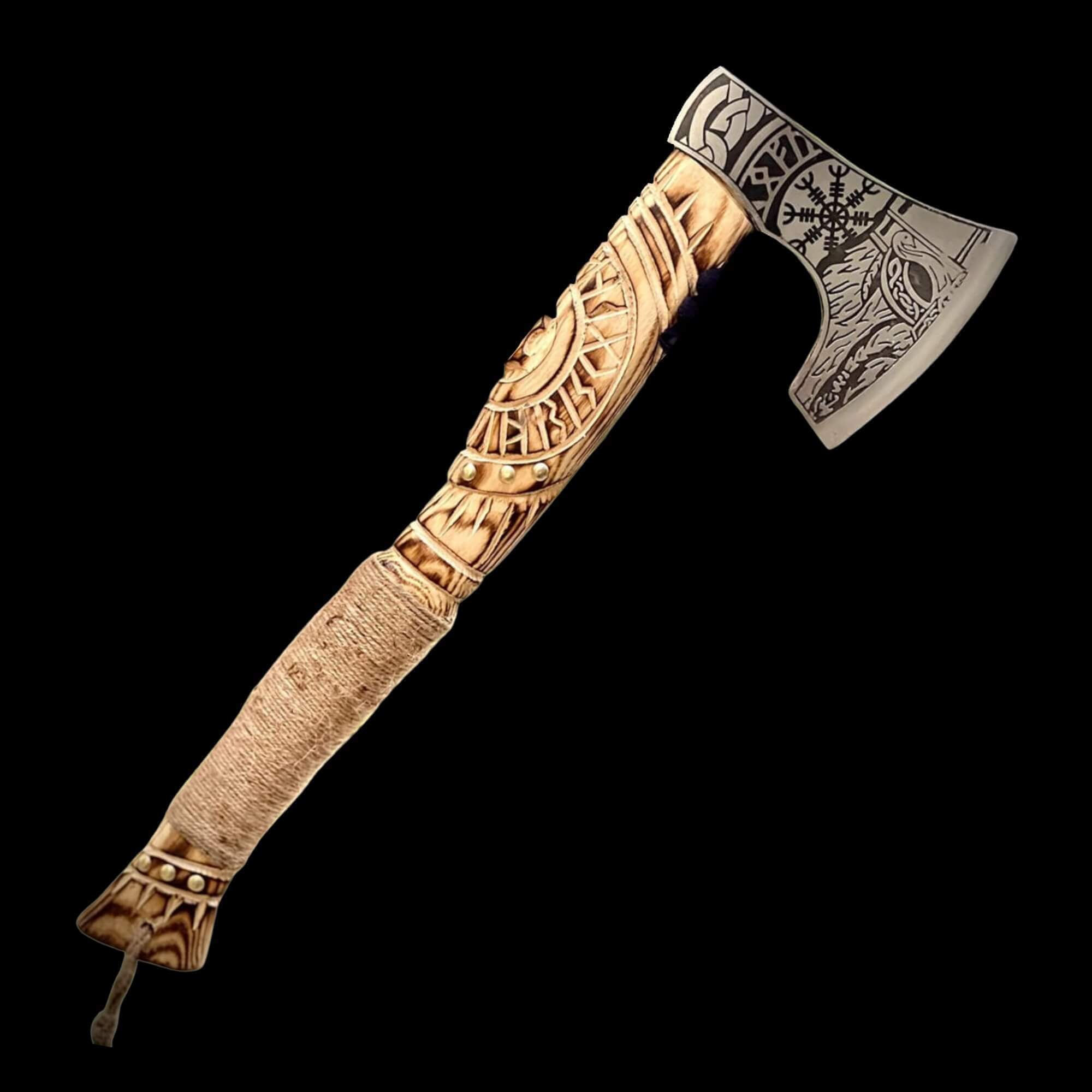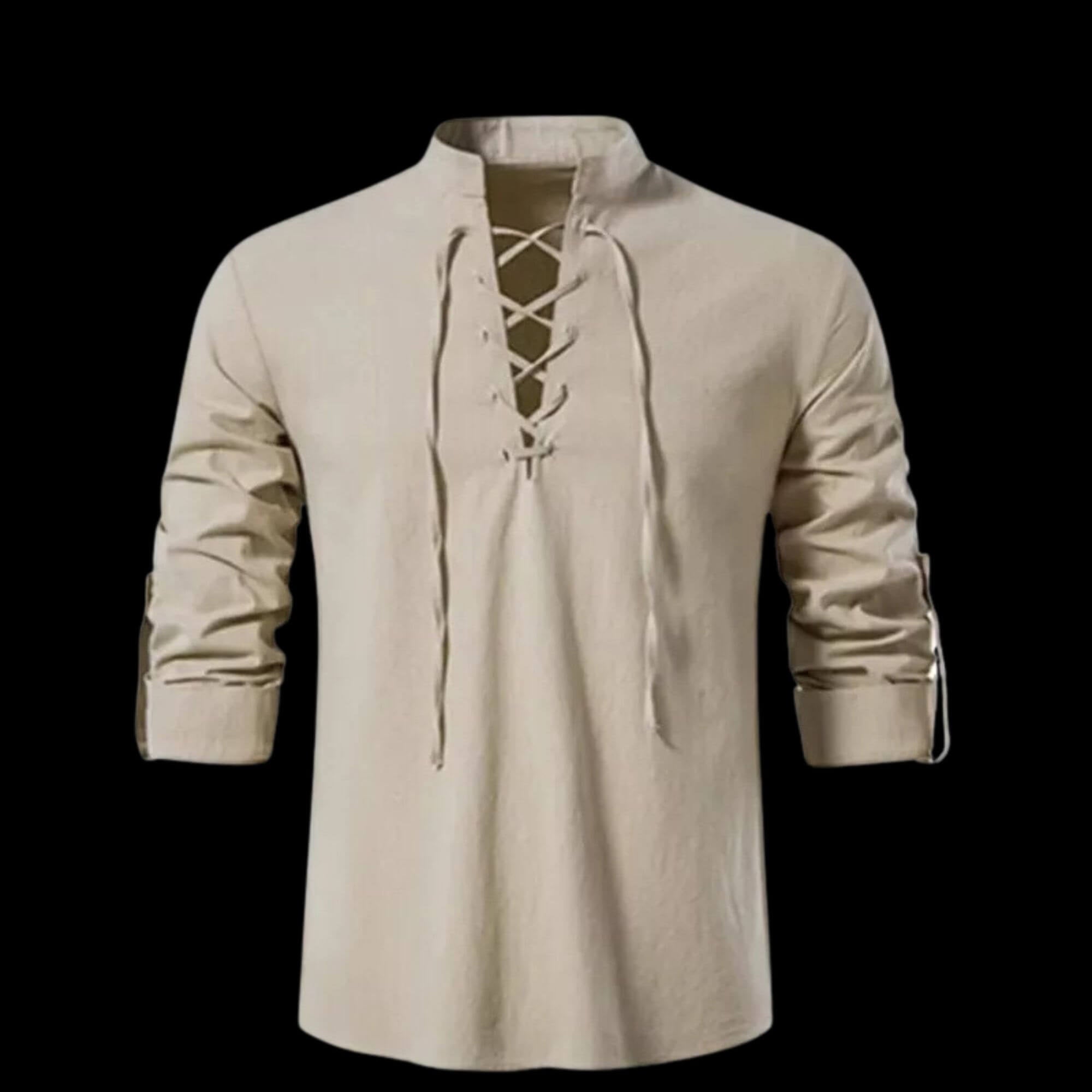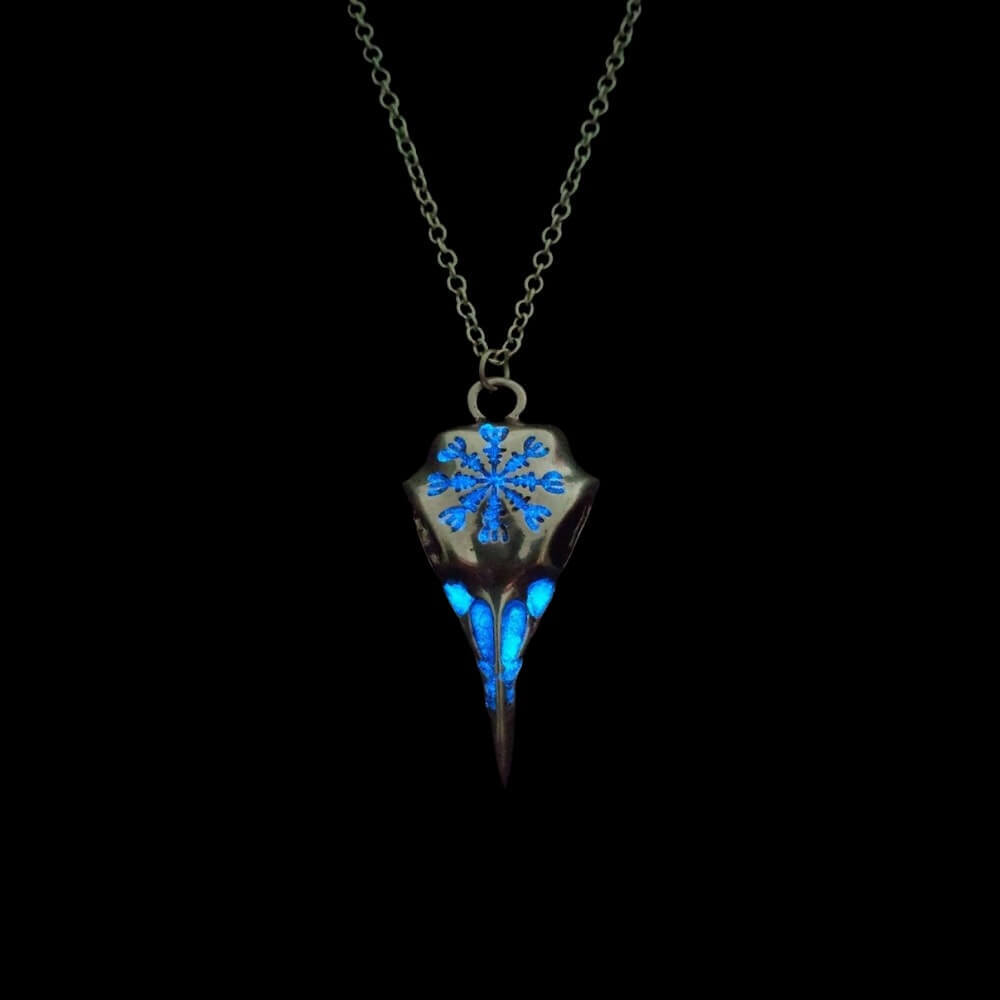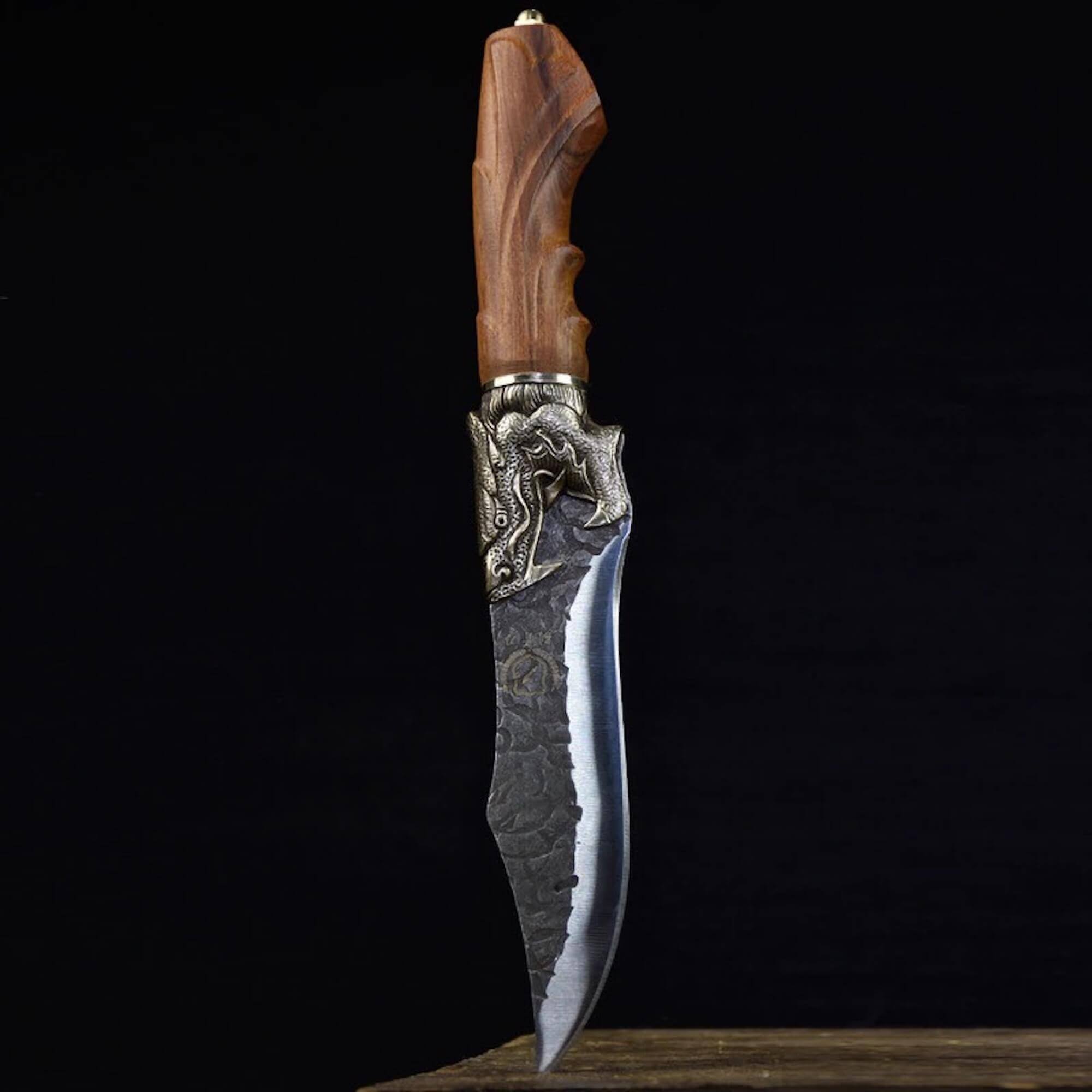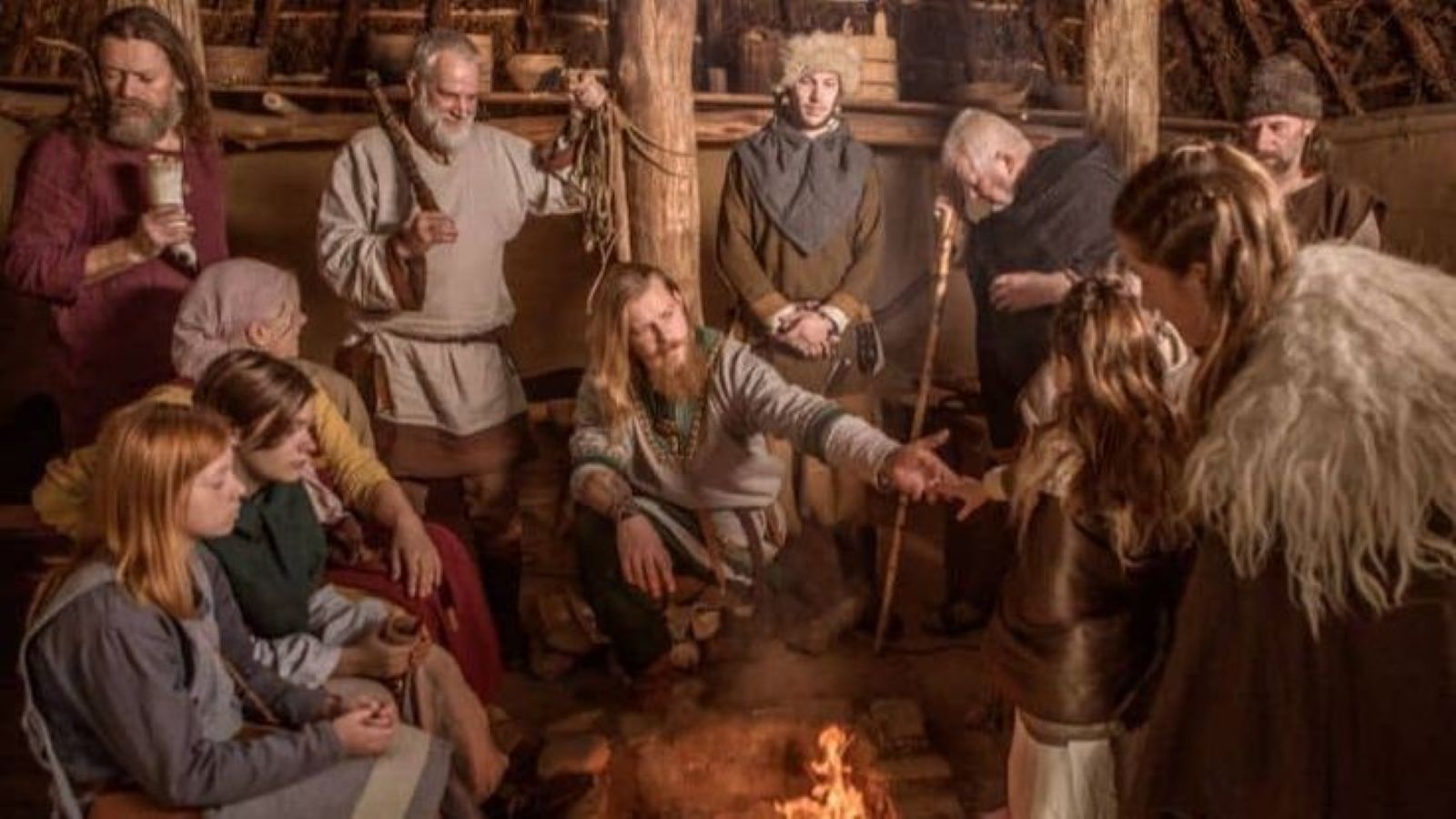
The Danelaw: When Vikings Ruled England
As we explored in our previous article about the Great Heathen Army, the Viking conquest of England was swift and devastating. But what happened after the battles were won? The establishment of the Danelaw – the Viking-controlled territories of England – marked a fascinating period of cultural fusion that would forever change the fabric of English society.
The Birth of the Danelaw
Following the Treaty of Wedmore in 886 CE between King Alfred the Great and the Viking leader Guthrum (whom we met in our discussion of the Great Heathen Army), England was formally divided. The northeastern portion of England, stretching from London to Northumbria, became known as the Danelaw – literally, the area where Danish law held sway. This wasn't just a political boundary; it was the beginning of a profound cultural transformation.
The Five Boroughs
At the heart of the Danelaw lay the Five Boroughs: Leicester, Lincoln, Nottingham, Stamford, and Derby. These former Roman towns were transformed into thriving Viking administrative centers. Unlike the brutal raiders we encountered in our article about the first Viking raids on Lindisfarne, these Norse settlers proved to be skilled urban administrators. Each borough operated as a semi-independent entity, with its own court, army, and trading networks.
Legal Innovation
The Norse influence on English law was substantial and lasting. The Danelaw introduced several key legal concepts:
The institution of the 'wapentake' replaced the Anglo-Saxon 'hundred' as an administrative unit. Trial by jury emerged as a standard practice, reflecting Scandinavian legal traditions. A sophisticated system of weregild (compensation payments for crimes) was established, with detailed schedules for various offenses.
Language and Daily Life
The Norse impact on the English language was profound and permanent. Our modern English vocabulary still bears witness to this influence. Words like 'sky', 'egg', 'window', 'law', and 'knife' all came from Old Norse. Place names ending in '-by' (meaning town), '-thorpe' (village), or '-thwaite' (clearing) mark areas of heavy Norse settlement.
Economic Transformation
The Vikings brought with them sophisticated trading networks that stretched from Dublin to Constantinople. Archaeological evidence from Danelaw settlements reveals:
Northern England experienced unprecedented urban growth during this period. International trade flourished, with Arabic coins and Baltic amber appearing in Danelaw towns. New farming techniques and tools were introduced, improving agricultural productivity.
Social Integration
Despite the violent nature of the initial conquest, the period of the Danelaw was marked by remarkable social integration. Intermarriage between Vikings and Anglo-Saxons became common, particularly among the elite. Archaeological evidence shows mixed burial customs, suggesting families were combining both cultures' traditions.
The Rise of Anglo-Scandinavian Culture
A unique hybrid culture emerged in the Danelaw regions. Architecture combined Norse and Anglo-Saxon styles, creating distinctive local variations. Religious practices blended Christian and Norse traditions, though Christianity gradually prevailed. Artistic styles merged, creating the distinctive Anglo-Scandinavian aesthetic visible in stone sculpture and metalwork.
Women in the Danelaw
Norse settlement brought significant changes to women's status in English society. Scandinavian women generally enjoyed more legal rights than their Anglo-Saxon counterparts, including property rights and the ability to divorce. These freedoms gradually influenced Anglo-Saxon law and custom.
Military Organization
The military system of the Danelaw was built upon the Norse concept of the 'here' or army. Each borough maintained its own military force, ready for both defense and offense. This system would later influence the development of English military organization.
Legacy in Stone and Soil
The archaeological record reveals the lasting impact of Norse settlement. Recent excavations have uncovered evidence of:
Norse building techniques that influenced English architecture for generations. Distinctive pottery styles that show the fusion of Anglo-Saxon and Norse craftsmanship. Agricultural innovations that transformed the English landscape.
The End of the Danelaw
Though the Danelaw as a political entity would eventually fade, its influence never truly ended. Even after Edward the Elder and his sister Æthelflæd reconquered the region in the early 10th century (a story we'll explore in our final article), the cultural and legal influences of the Danelaw persisted. Many of the institutions and customs established during this period became fundamental parts of English society.
Lasting Impact
The Danelaw period represents more than just a chapter in English history – it was a crucial period of cultural fusion that helped create medieval England. From our legal system to our language, from our town names to our farming practices, the impact of this period continues to shape English life today.

